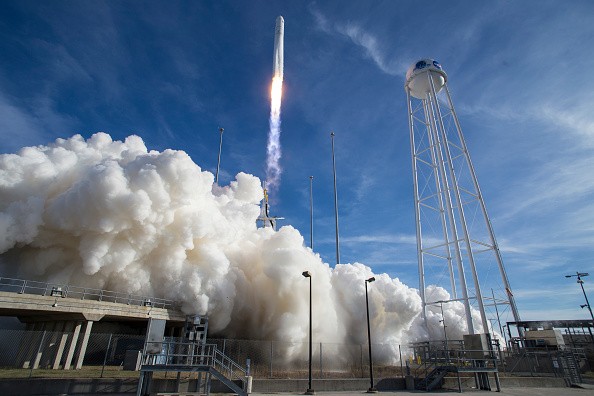NASA's Lucy Mission is about to happen this Saturday, Oct. 16. Specifically, the National Aeronautics and Space Administration new space launch is expected to blast off exactly at 9:34 a.m. UTC or 5:34 a.m. ET.

It would be conducted from Cape Canaveral Space Force Station in Florida. On the other hand, NASA already delivered an Atlas V rocket, which carries the 1.5-ton spacecraft, to the launch pad on Oct. 14.
Those who want to view the upcoming Lucy Mission can watch it through the official NASA TV. The space activity specifically costs $981 million.
This massive budget is needed to enhance the space mission since it would fly an extremely complex trajectory. What makes this amazing is that NASA's Lucy Mission would do this for around 12 years.
NASA Lucy Mission To Venture Trojan Asteroids
According to Ars Technica's latest report, the new NASA Lucy Mission would venture into the Trojan asteroids. Astronomers expect that this activity's gathered information could help them know more about the solar system's building blocks.

On the other hand, various space scientists also claimed that the new mission would better understand how planets within the solar system formed.
"When we look at nature, whether it's looking at deep space or at these small objects, each one of these tells us a chapter of the story that we're all a part of," said Thomas Zurbuchen, NASA's science chief.
Facts About NASA Lucy Mission You Might Not Know
Gizmodo provided some of the facts that people might not know about the upcoming NASA Lucy Mission. These include the following:
- NASA Lucy is named after a fossil, which helped scientists know how humans evolved.
- NASA would not actually visit Jupiter. The area that Lucy would be venturing is only called "Jupiter Trojan asteroids" since they are located in front of the Gas Giant.
- NASA Lucy is expected to visit more areas of the solar system compared to the previous space launches.
- For space fans, you could expect HD photos from NASA Lucy since it is using LOng Range Reconnaissance Imager (L'LORRI).
For more news updates about NASA and its upcoming space activities, always keep your tabs open here at TechTimes.
Related Article : NASA Hubble Spots Water Vapor in Jupiter's Europa, But One Detail is Weird for Researchers
This article is owned by TechTimes
Written by: Griffin Davis




